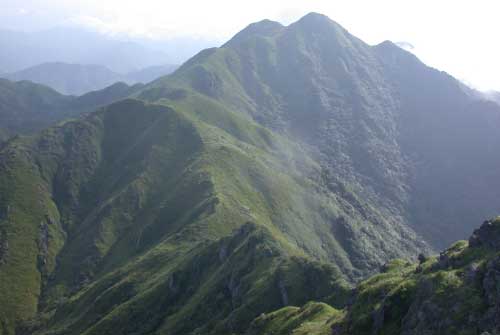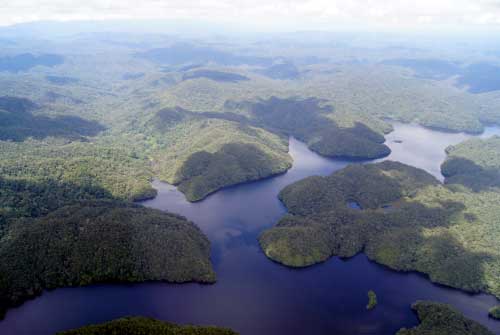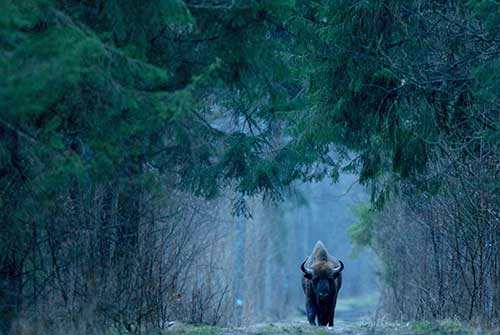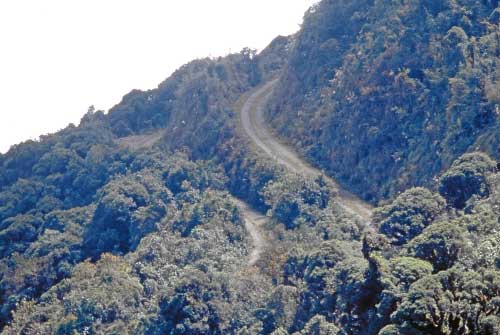Roadless Initiative
The most important milestone to date is the 16 December 2016 publication in Science of “A global map of roadless areas and their conservation status” (read the press release and watch video clip).
- a new global map of the world’s roadless areas
- an extensive literature review of adverse roadside effects
- an analysis of the ecological value of the remaining roadless areas
- analyses of the spatial overlap with anthromes and with a map of the world’s protected areas
- a synergy-conflict assessment of the conservation of roadless areas with the UN Sustainable Development Goals and the CBD Aichi Targets
 |
|
Subtropical wet forests are of high ecological value, but naturally scarce worldwide. Jiulianshan National Reserve lies at the hinterland fringe of extremely densely populated eastern China, where road infrastructure is cutting into the remaining tracts of roadless areas (photo: Pierre Ibisch) |
- Inventory of roadless areas: Using available road data such as in the crowd-source OpenStreetMap, we provide first-hand pictures where the remaining roadless areas occur – and where they have vanished. We have provided a unique global map of roadless areas that was published in Science (see bottom of page). Systematic updating allows us to track changes from the current snapshot and thus close the circle from basic data through prioritisation to advocacy.
- Roadless ecology and evaluation of roadless areas according to their conservation value: We look at the ecological properties of roadless areas and the resulting ecosystem functions and services to mankind. For this, we combine comprehensive literature reviews with original (field) research. Spatial analyses and the Ecological Value Index of Roadless Areas (EVIRA) allow us to evaluate the existing roadless areas concerning their ecosystem functionality. We use this to give guidance on which roadless areas to save first and foremost, i.e. how to prioritise.
-
Making roadless areas conservation policy work: Our greater aim is to put roadless areas on the political agenda, both internationally and nationally. We address governments, NGOs and other civil society groups. Among others, we base ourselves on policy analyses and extract recommendations from them as regards the alignment with other environmental policy goals. We also strive for providing guidance for putting these recommendations into practice.
 |
|
The Amazon Basin is home to several very large and ecologically valuable roadless areas. While southeastern Amazonia has widely fallen victim to contagious development following road construction, good policy may still regulate uncontrolled encroachment in southwestern Amazonia (El Sira Mountains, Peru – photo: Pierre Ibisch) |
The Roadless Initiative as a Trans-Sectional Activity within SCB
 |
|
The Bialowieza forest, stretching on the border between Belarus and Poland, comprises the largest remaining tract of primeval forest in the European lowlands. However, it is not completely unfragmented, with forest roads criss-crossing large parts of it (photo: Adam Wajrak) |
 |
|
Reclaiming a road in time before large-scale exploitive landuse sets off can allow for the conservation of “new” roadless areas of high ecological value (Carrasco National Park, Bolivia – photo: Stefan Kreft) |